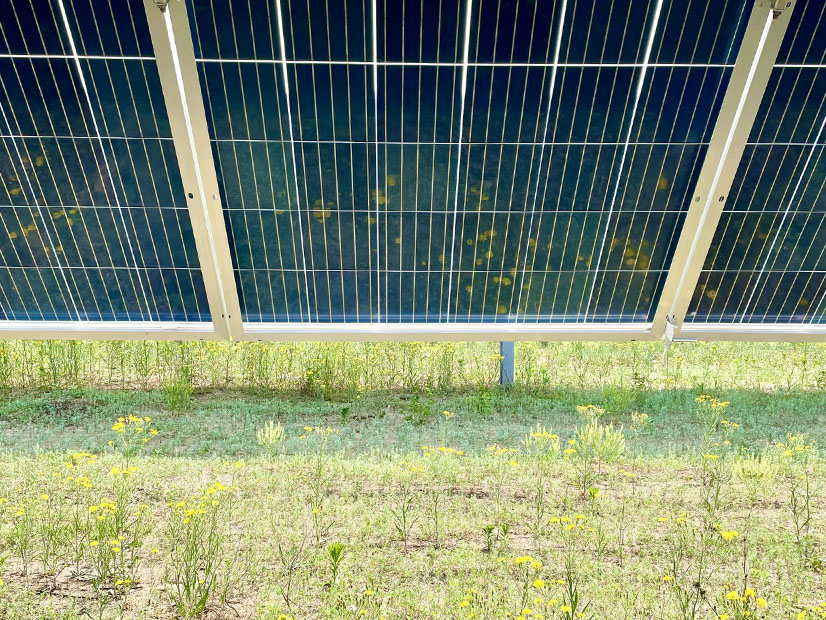MISO appears set on restricting the interconnection requests it will accept and under what conditions they can leave the line in order to purge speculative generation projects from its queue.
Staff again this week said they need to toughen rules around entering and exiting the interconnection queue so that MISO doesn’t devote time to studying projects that aren’t a sure thing. The RTO debuted its plan in late May. (See MISO Wants Tougher Obligations on Queue Entry and Exit.)
The collection of changes will likely include more expensive milestone payments, a clampdown on penalty-free withdrawals, stricter proof that developers have secured land and reinforcing harm calculations so withdrawing projects have a better chance of owing money as they exit the queue.
MISO plans to present a straw proposal at the July 19 Planning Advisory Committee meeting.
“We’ve come to the point where we need to make some enhancements to the queue intake process so we’re getting better projects and a smaller number of projects, and we need to do that before we have a ‘23 cycle,” MISO’s Andy Witmeier said at Tuesday’s Interconnection Process Working Group.
Witmeier said if MISO kicks off the 2023 queue cycle with its existing rules in place, it will likely be hit with 200 GW of new interconnection requests. Last year, the grid operator fielded 171 GW of requests. MISO’s current queue contains 1,379 active projects totaling a little more than 237 GW.
“As the queues get larger, they slow down because there are more points of interconnection, more dispatch assumptions and more potential overloads to study,” he explained. He said a queue comprised of fewer, more successful projects will lead to faster queue processing and more cost certainty on transmission upgrades.
Most of the projects in MISO’s queue that haven’t yet proceeded to generator interconnection agreements are experiencing delays. All entrants in the 2021 and 2022 cycles are trailing the queue’s approximate yearlong timeline because of studies MISO must undertake.
Witmeier said he’s already been in private discussions with “key” stakeholders to put together a proposal.
MISO is aiming to file its proposal with FERC by early September, get FERC permission on the plan by early November and close the currently open-ended 2023 queue application window in late November or early December, months later than usual. MISO has been keeping the 2023 queue deadline fluid while it works out how it can make its bursting-at-the-seams queue more scalable.
Witmeier said it’s currently much too easy for speculative projects to enter the queue and then drop out penalty-free, getting “all their money back with interest.” He said MISO needs to “weed out” the number of submissions.
He said withdrawn projects should be on the hook for some fees for disturbing other projects’ network upgrade cost estimates.
Witmeier also said MISO’s $4,000/MW second milestone payment could be ratcheted up to about $10,000/MW, considering current inflation trends and his opinion that MISO’s milestone fees are already too low in the first place.
He said in the past five to six years, MISO has levied harm payments on withdrawing projects for the consequences to lower-queued projects “fewer than a dozen times.” He said that’s evidence that MISO’s harm calculation payments are “way too lenient and need to be adjusted.”
“We are responding to consumer demand, but we realize that an unmanageably large queue doesn’t work for anyone,” Invenergy’s Sophia Dossin said.
Witmeier added that developers don’t tell MISO why they’re dropping out of the queue, whether that’s land or permitting issues or climbing network upgrade costs.
Stakeholders asked if MISO has considered limiting the number of interconnection requests or megawatt values that individual customers can submit per annual cycle.
Witmeier said that while MISO has discussed enacting a “hard cap” on individual developers, he said the RTO runs the risk of discriminatory treatment and still more proposed generation than MISO load can snap up. He said large developers typically account for only about a third of queue submittals and are often better prepared than their smaller counterparts when submitting projects.
“It would certainly help competition but is that better?” he asked hypothetically.




